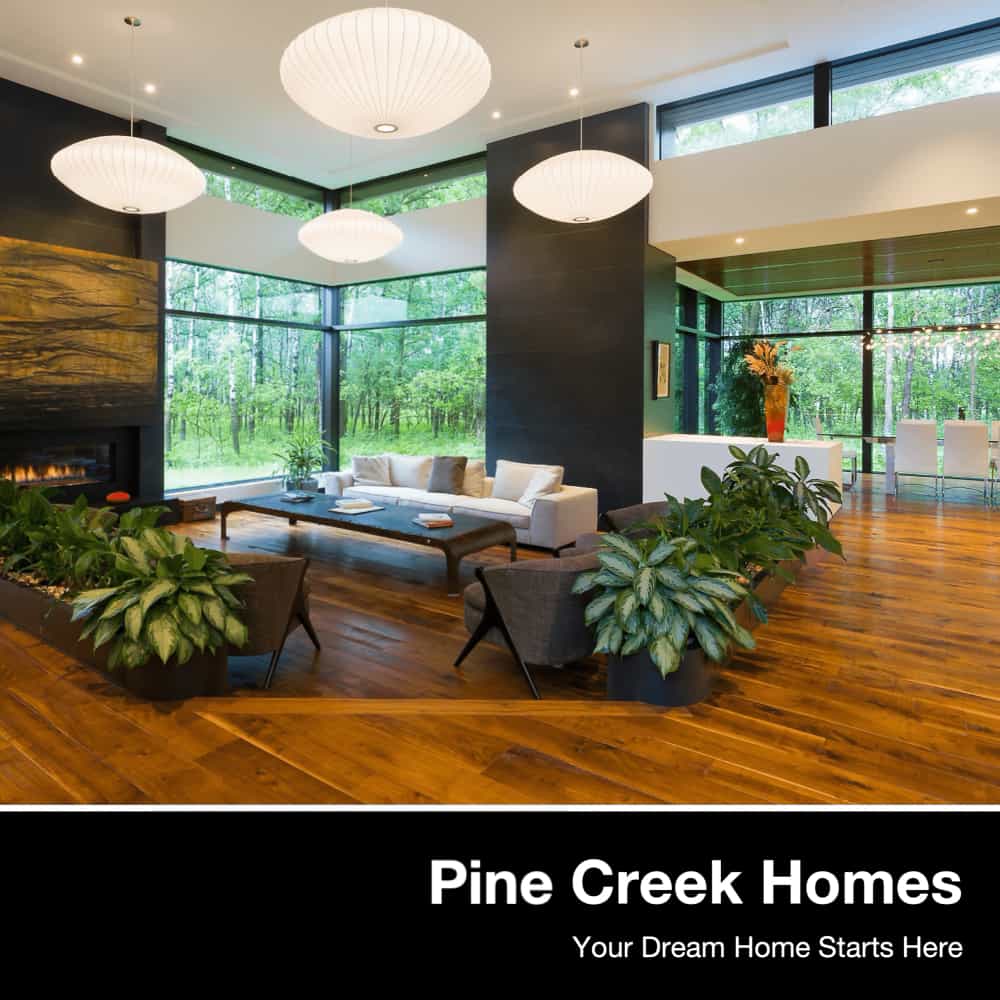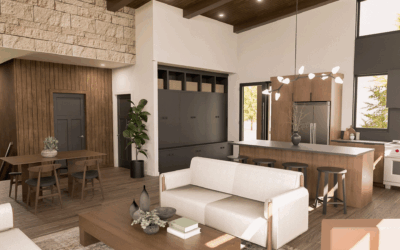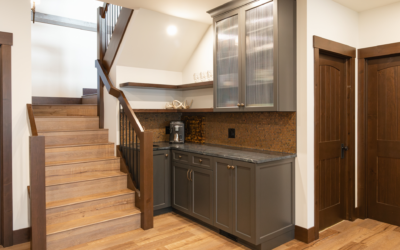Looking for the perfect lot to build your dream cottage can be quite a challenge. Some of the most fantastic spots are water access only, which adds another dimension of complexity. On the plus side, these water access lots can also be significantly cheaper than road access because many people are just not willing to deal with driving a boat to their cottage or taking the ice road in the winter.
So, if you’re someone who’s considering one of these water access lots, your first question is probably—what will be the additional cost to build there? It’s not going to be any cheaper than building on a road access site, but how much more is it actually?
While there is no set answer to this question, as all sites are so different, I wanted to provide some parameters that might help indicate where the costs may end up. For the purpose of this article, I’ll be using Southwestern Ontario as my primary example, as the majority of water access sites in our region are on Lake of the Woods, Shoal Lake ON, Clearwater Bay, and other Lakes in and around the Kenora area.
There’s 4 main areas that add expense to remote access builds:
- Delivering material to the site
- Travel and accommodations for tradespeople
- Services (hydro, sewer and water)
- Project management
Delivering material to the site:
For the most part, there’s 2 ways to access and bring material to a water access site:
- By barge
- By helicopter
I can tell your eyes are seeing dollar signs as soon as I say the word helicopter, but read on. It’s not as bad as it sounds (you can see a video of materials being helicoptered in here on Instagram).

Delivering material by barge is the preferred method when building on water access sites. Lakes that have many water access sites often are set up for this. There’s often a company on the lake that operates a barge, and with that there will be a landing for materials to get delivered to where they will be loaded onto the barge for delivery. These barges almost always travel with a skid steer which is capable of moving gravel, lumber and building materials. Most barges will even have a system for pouring concrete.
While things like barge access, distance from landing, and site accessibility all play a big role in the cost, we’ve found that most barging costs end up between 5-10$ per square foot of building.
When barge access or site access is not conducive to barging, the options become limiting much more quickly. When this happens, delivery by helicopter is often the only choice. For helicopter delivery, all that’s required is somewhere to stage the materials on the mainland and a jobsite to drop them.
The distance between the location where the materials are staged and the job site becomes a large factor in determining the cost of delivery. However, the cost range on this will generally fall in the 15-30$ per square foot.
Travel and accommodations for tradespeople:
Most cottage country locations require some form of travel for trades people, and or accommodations while they working. This can become quite the variable on water access projects, as trades people may need to stay at the closest motel or lodge, and travel by boat to the jobsite each day. In our experience, this usually adds approximately 3-5% to the cost of the build (compared to a road access cottage).
Services, likehydro, sewer and water:
This category definitely has the widest variable on costs. Every site is so unique that it’s impossible to project what the cost of this would be without knowing the site. I will say this though, all projects need these three elements in one way or another, so it’s not like these things are free if you’re not a remote access site. The question is how much more is it?
Here’s a few things to consider when buying a property that will affect the costs of these elements:
Hydro: either it’s available or it’s not. If it is, the cost of hook up will depend on how far away the nearest hydro pole is located. If it’s not, solar, or a propane powered generator will be the two best options. Often the decision comes down to how much you want to spend now vs. the monthly savings down the road. For example, solar is very expensive up front, but the ongoing costs are much cheaper than constantly buying propane.
Sewer: this is very area specific. Most areas require a septic field, or a grey water field if you’re using a composting toilet. The cost of this will vary based on ground conditions and how much extra dirt needs to be brought in to make the field. This is not however exclusive to water access lots. Everyone faces these same costs, the only cost difference would be delivering dirt and equipment to make the field.
Water: this one is really not much different then road access sites. Most lakefront cottages today take water straight from the lake and put it through a filter system to purify.
Project management: any time we have a water access only job, the project management cost goes up slightly. All projects need management, but in the case of water access tradespeople often need to be transported to the site, and not all of them have a boat or are even able to drive a boat. As the builder, we’re responsible for getting them to and from the site safely.
We try to limit this by scheduling trades in blocks where multiple people can be working on the site together and only need one person to get them there. We also try to schedule trades in accordance with when we have our own people already working on site, so no extra help is needed for transportation. However, this does only limit the added management cost and not eliminate it entirely. Generally the extra cost of management, depending on how remote the project is, will range from 2-5%.
So, where does all of this leave you?
On a whole, this adds up to approximately 10-20% increase over the average cottage. Which on a 1,400 square foot cottage might end up in the $35,000- $70,000 range. However, often the remote access properties are less than half the cost of road access, and often twice as nice. The property savings alone could be in excess of $100,000 to have your own remote paradise. Is it worth it? I guess it depends on the property.You’ll need to be the judge.
If you have a property in mind, and you’d like an opinion on what end of the spectrum you’re on, please reach out, we’re happy to help! I often get phone calls from clients before they purchase a property just to be sure of their purchase before passing the point of no return. We can often provide an accurate assessment simply from being familiar with most of the cottage areas.
If you're ready to take the next step toward building your dream home or cottage, click the link below to set up a time to speak with us.
And, if you haven’t yet signed up for our email series, make sure to do so below. These emails will take you through a step-by-step guide of the building process, so you can be fully informed and prepared for your upcoming build.












